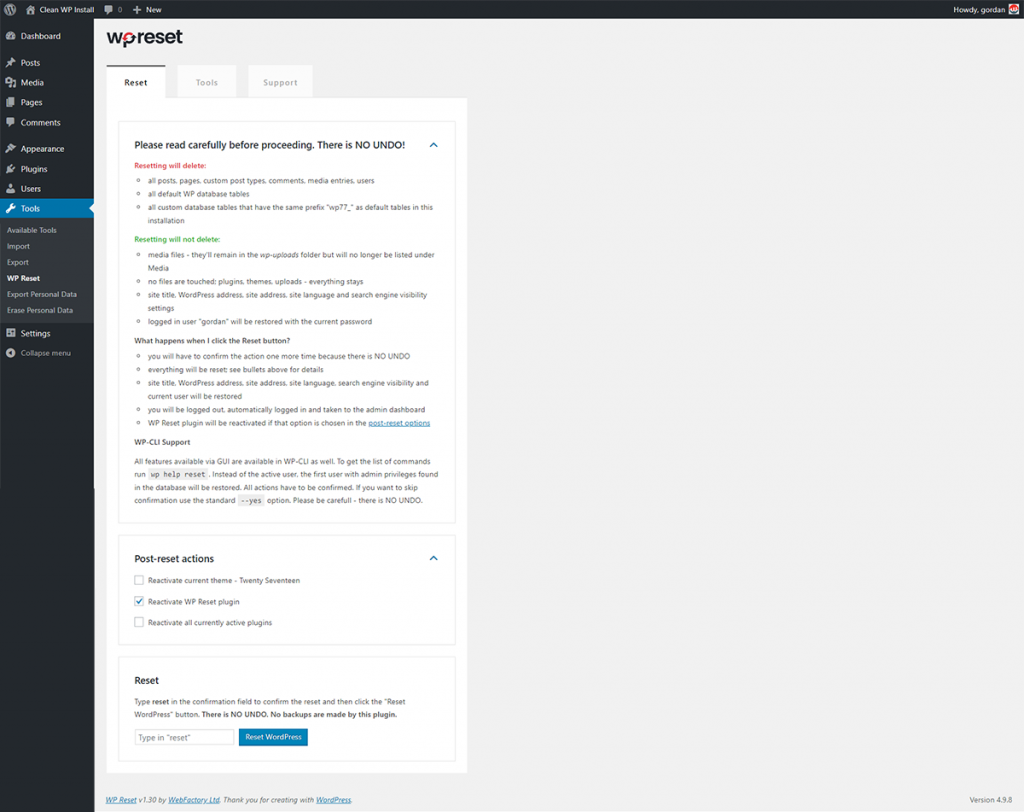If you market your business online, you may want to consider hiring an agency that specializes in this area. However, keep in mind that choosing the right digital marketing agency can be complicated. It’s something you definitely want to get right but this isn’t easy to do. Besides the fact that there are thousands of these agencies, they are all the best! Or, at least, that’s what their marketing says.
In addition, there are a lot of different aspects of digital marketing, such as search engine optimization, email marketing, social media marketing and on and on. How can any digital marketing agency be experts in all of them? So with that in mind, how are you going to make sure you pick one of the best Boston SEO companies for your business?
Here are five key things you can do when searching for a digital marketing agency that will help you narrow down the search and pick the agency that is right for you.
1. Discuss It With Those You Know and Trust
When you are making a huge decision, like choosing a digital marketing agency to help grow your business, one of the best things you can do is talk to those you know, respect and trust. Talk to other business owners you know who work with an agency. Someone you trust isn’t going to send you to an agency that they don’t believe in or want to work with themselves.
When it comes to such big decisions, most business owners make their decisions based on referrals. In fact, 84% of these types of business to business decisions are based off of referrals from other business owners.
After all, a decision like this could make or break a business. It’s not something you want to leave to chance. If you want to know the truth about how good or bad an agency is the best way to do it is to talk to business owners who have worked with that agency.
Keep in mind, as mentioned above, there are many aspects of digital marketing. When you ask other business owners be sure you discuss what specifically you are looking for in an agency. If you have decided you want to focus on social media to generate leads, you don’t want to hire a digital marketing agency that focuses on search engine optimization.
2. Who Are Their Clients?
Who else works with this agency? While talking to other business owners is a great way to narrow things down, it’s also important to find out about other clients of the agency. You don’t want to hand over a big check and find out the agency is a one person shop run by the niece of the person who gave you the referral and that business owner is the only client. At least, until you that is.
Check out the agency’s web site. It’s a digital marketing agency, they most certainly should have a web site of their own.
If they don’t have a web site, or if the web site has no information from other clients, such as case studies, or testimonials, it’s quite possible this agency is not going to be able to handle what it is you want them to do for you.
If the referral was from someone you really respect and trust and you still want to meet with the agency, be sure and ask them for other clients with whom you could speak to about the work they had done for them.
While many clients make agencies sign a non-disclosure agreement,an agency should be able to give you at least a few clients or case studies. If they can’t, you may want to move on to the next agency on your list.
3. The Agency Needs To Earn Your Trust
So you’ve checked out their web site and they have some big clients, or some clients in your industry that all seem very happy with what the agency has done for them. But sometimes you need to dig a little deeper. Of course the agency is going to put their best foot forward on their web site.
If the agency touts some great case study results, ask if you can speak with the agency’s contact at the company. This way, you can verify the marketing results on your own instead of just trusting the agency on their word.
If they are willing to tout case study results, they should be willing to give you a contact so you can verify those results.
4. Ask The Questions That Matter For Your Business
When you interview an agency, be sure and go into it prepared. Have a list of questions that are relevant to your business, the type of digital marketing you want to do, and the results you are looking to achieve. It’s important to also have an idea as to the answer you are looking for so you can focus on what matters.
After all, all good salespeople can give you an answer that sounds great without ever actually answering the question.
If this is the first time you’re hiring an agency, you may not even know where to begin with questions. Go back to your friend that referred you and talk to them. They should have a pretty good idea of what questions are important for you to ask.
5. Listen To The Questions That You Are Being Asked
A good agency likes to work with certain types of clients, just as you want to hire the right agency. That means they are interviewing you as well.
They are looking for signs that you might be more trouble than you are worth. They won’t work with you if they feel there are red flags that indicate it would not be a good working relationship.
This means a good agency will be asking you questions as well. They will want to know about your digital marketing plans, what your goals are going forward, who you consider your competition, etc. They need to know all the details to be able to determine if they can even help you grow your business.
Put these five tips into action when choosing a digital marketing agency and you’ll greatly increase the chances of hiring an agency that can help you reach your business marketing goals.































